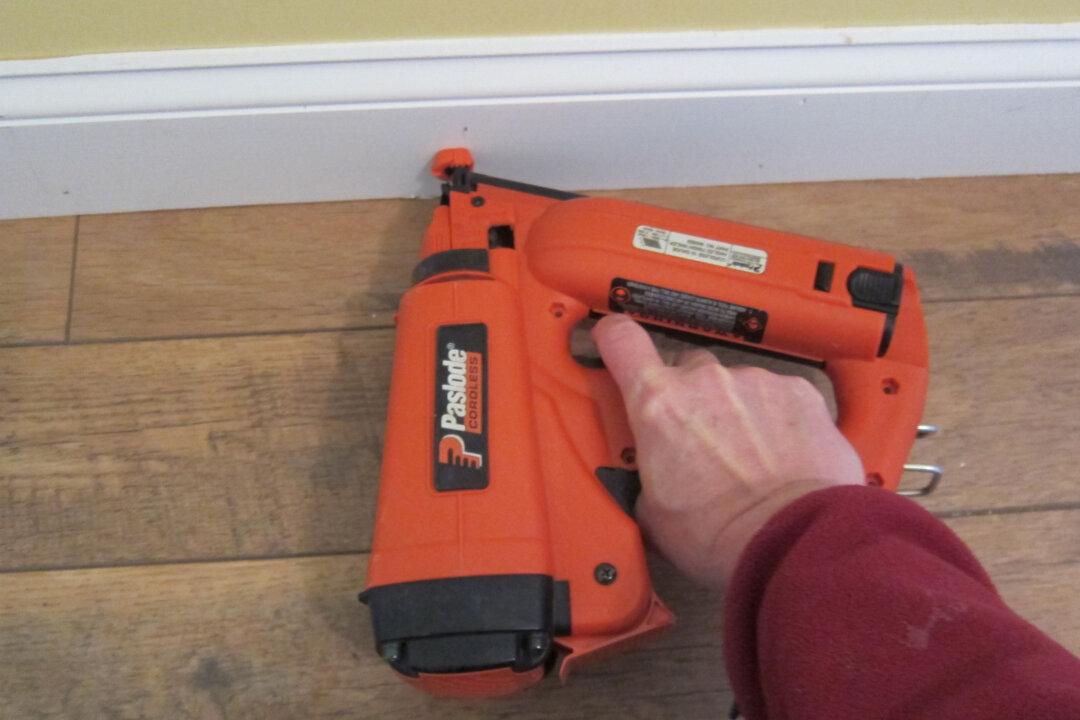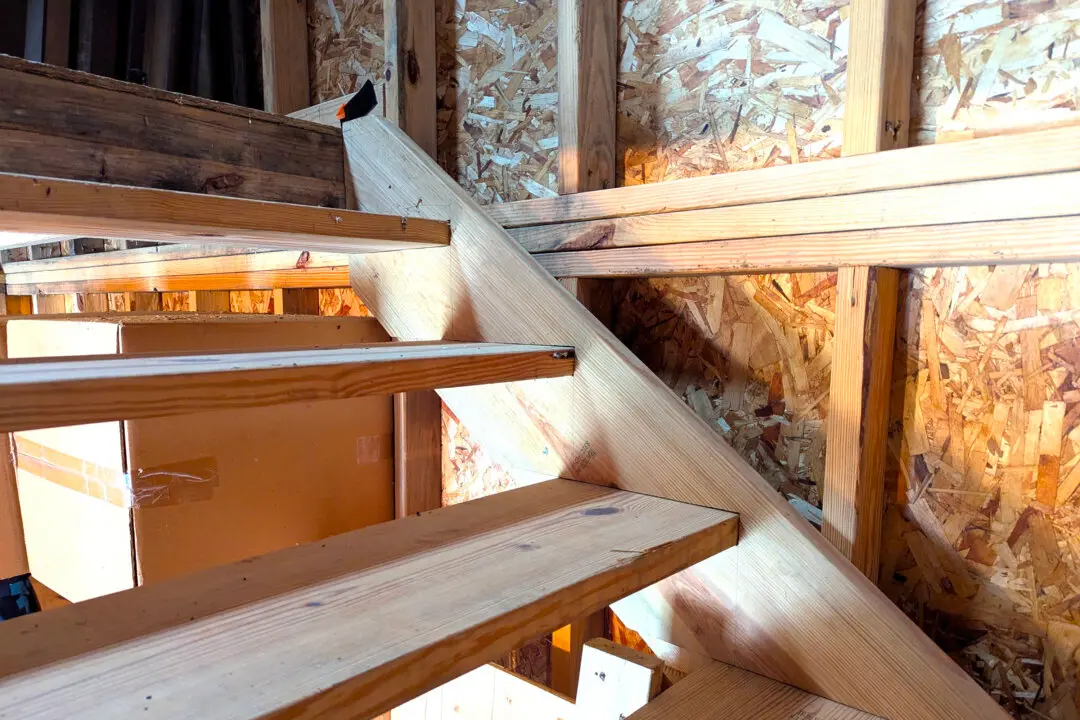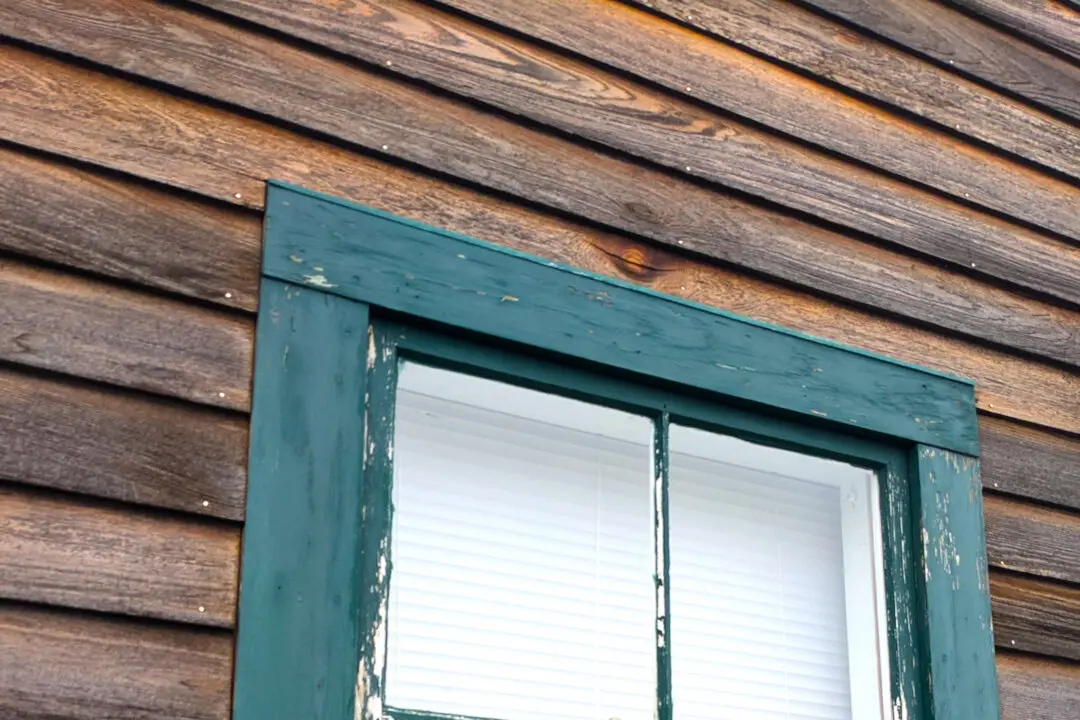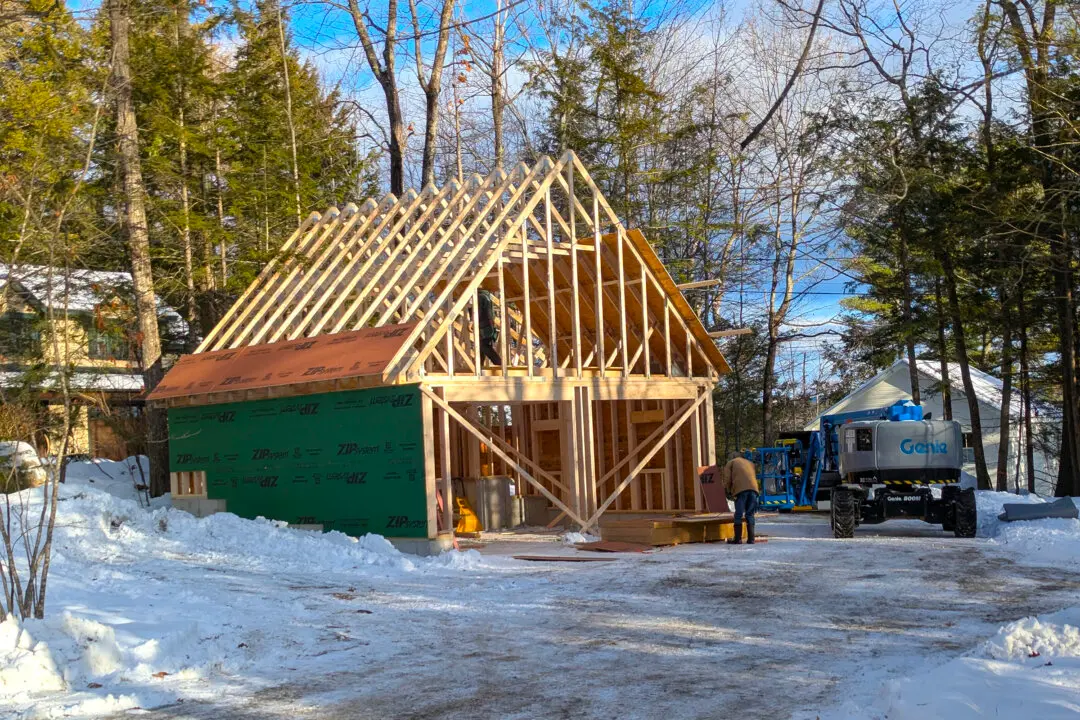Are you a serious DIYer? If so, you know that the quality and type of tools you use will not only determine when the project gets done, but also play a major part in the quality level of the job.
One of the biggest time savers, in my opinion, happens to be nail guns. These tools have a rich heritage dating back to the late 1700s. A nail gun using compressed air was introduced several years before the U.S. Civil War. Nail guns, as you might know them today, stepped on stage in the 1950s during the economic explosion following World War II.





